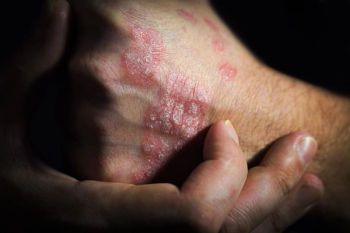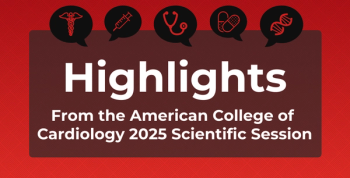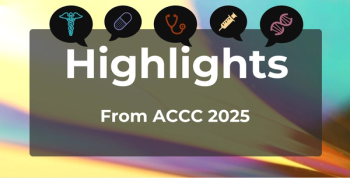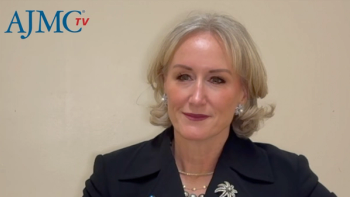
In R/R Marginal Zone Lymphoma, 90% Alive at 2 Years After Liso-Cel
Key Takeaways
- Liso-cel achieved a 95.5% overall response rate and a 62.1% complete response rate in MZL patients after at least two prior therapies.
- The two-year overall survival rate for patients treated with liso-cel was 90.4%, with a median follow-up of 24.5 months.
In a cohort of TRANSCEND FL, the chimeric antigen receptor T-cell therapy liso-cel showed a 95% overall response rate in relapsed marginal zone lymphoma, offering hope for improved patient outcomes in challenging cases.
Lisocabtagene maraleucel (liso-cel), the chimeric antigen receptor (CAR) T-cell therapy sold as Breyanzi, produced responses in more than 95% of patients with relapsed or refractory marginal zone lymphoma (MZL) in recent trial, with more than 90% of them alive after 2 years.
Results for the MZL arm of the phase 2 study, TRANSCEND FL, were presented June 19 at the International Conference on Malignant Lymphoma, which took place in Lugano, Switzerland. Bristol Myers Squibb, the developer of liso-cel,
MZL is among the blood cancers that fall under the umbrella of
Liso-cel is
Topline results from TRANSCEND FL (NCT04245839),
The study met both its primary end point of overall response rate (ORR) as well as a key secondary end point, complete response rate (CRR). Results, evaluated by an independent review committee, were as follows:
- 95.5% of patients treated with liso-cel after at least 2 prior therapies achieved a response (ORR) (95% CI, 87.3%-99.1%; one-sided P < .0001).
- 62.1% achieved a CR, and 88.6% maintained a response at 24 months (95% CI, 49.3%-73.8%; one-sided P < .0001).
- With a median follow-up of 24.5 months, the 2-year overall survival (OS) rate for patients treated with liso-cel was 90.4%.
- Patients with MZL had a safety profile consistent with prior trials of the therapy, with no new signals reported.
“Liso-cel achieved high, lasting response rates in patients with relapsed or refractory marginal zone lymphoma, underscoring the potential of this one-time therapy to significantly improve patient outcomes,” investigator M. Lia Palomba, MD, a lymphoma and cell therapy specialist at Memorial Sloan Kettering Cancer Center, said
Cytokine release syndrome (CRS) was seen in 76% of patients, with 4% experiencing grade 3 CRS, and none experienced grade 4 or grade 5. Neurological events (NEs) were seen in 33% of patients, with 4% experiencing grade 3 NEs. None experienced grade 4 or grade 5 NEs.
Rosanna Ricafort, vice president, Senior Global Program Lead for Hematology and Cell Therapy, Bristol Myers Squibb, said the results show liso-cel can address an unmet need in MZL.
“We are proud to present for the first time the primary analysis data from the MZL cohort of TRANSCEND FL, underscoring our commitment to unlock the full potential of cell therapy to help patients living with relapsed or refractory lymphomas.”
Reference
Bristol Myers Squibb presents first data from the marginal zone lymphoma cohort of the Transcend FL trial demonstrating deep and durable responses with Breyanzi (lisocabtagene maraleucel). News release. Bristol-Myers Squibb. June 16, 2025. Accessed June 24, 2025.
Newsletter
Stay ahead of policy, cost, and value—subscribe to AJMC for expert insights at the intersection of clinical care and health economics.












































